In the dynamic landscape of business marketing, brochures remain a powerful tool to convey information, showcase products, and leave a lasting impression on potential clients. However, the effectiveness of a brochure heavily relies on its format. In this comprehensive guide, we will explore the various aspects of choosing the right brochure format for your business, ensuring that your marketing collateral not only looks appealing but also resonates with your target audience.
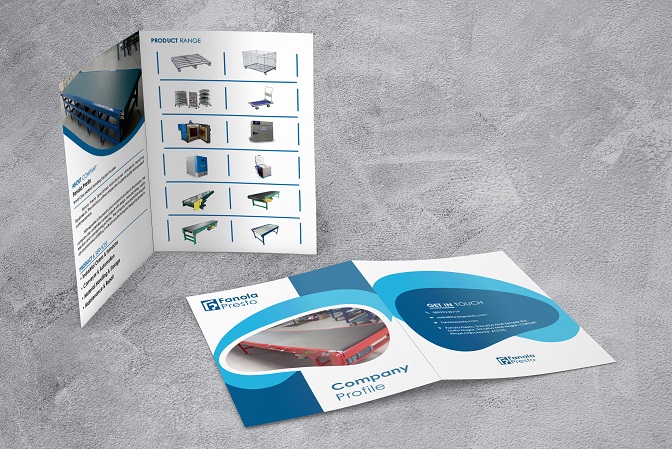
Types of Brochure Format for business
1. Bi-Fold Brochure
- Ideal for simplicity and a classic presentation.
- Suitable for brief information or service overviews.
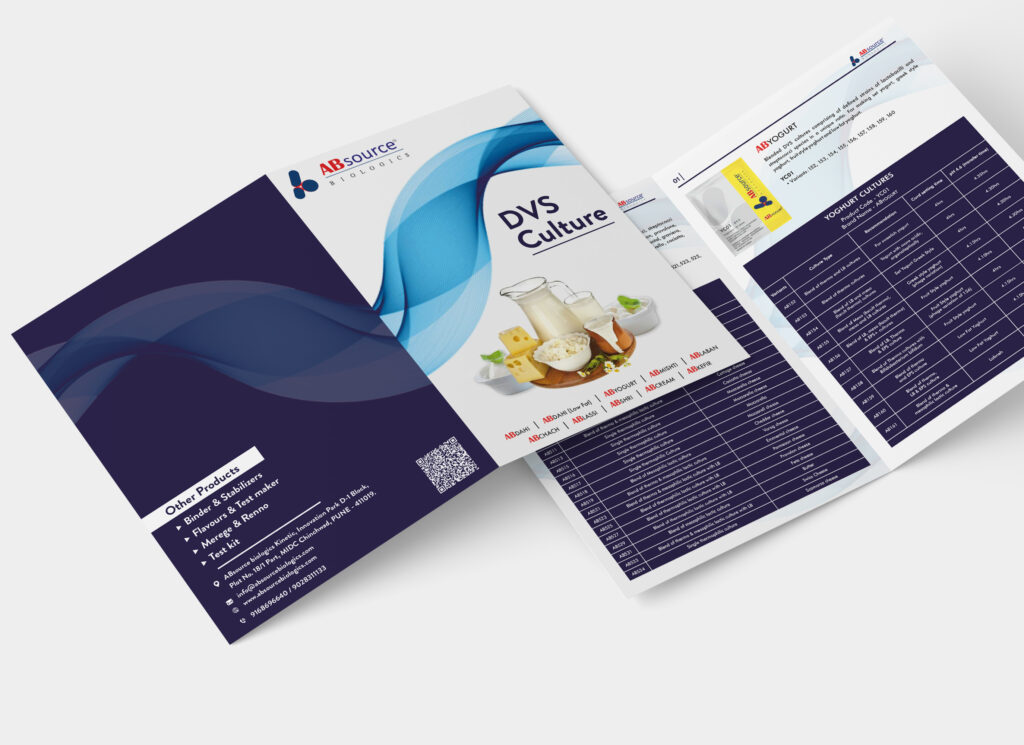
2. Tri-Fold Brochure
- Commonly used for events and product showcases.
- Offers a balance between conciseness and detailed information
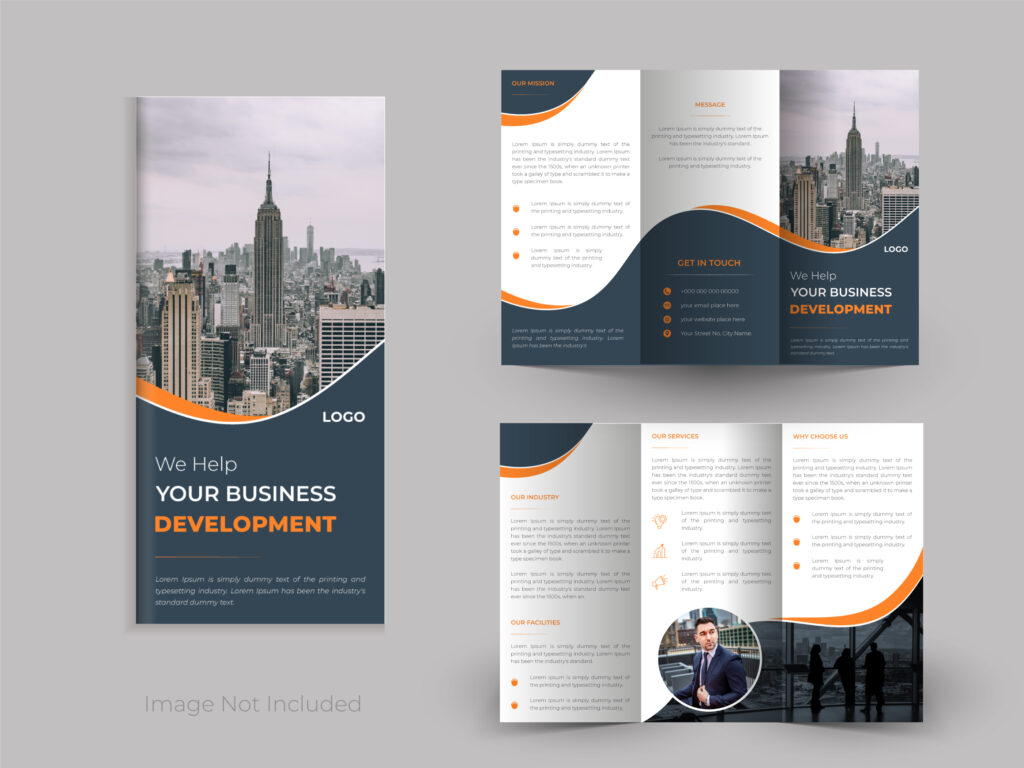
3. Gate-Fold Brochure
- Creates a sense of reveal and is great for storytelling.
- Effective for conveying a narrative about your brand.
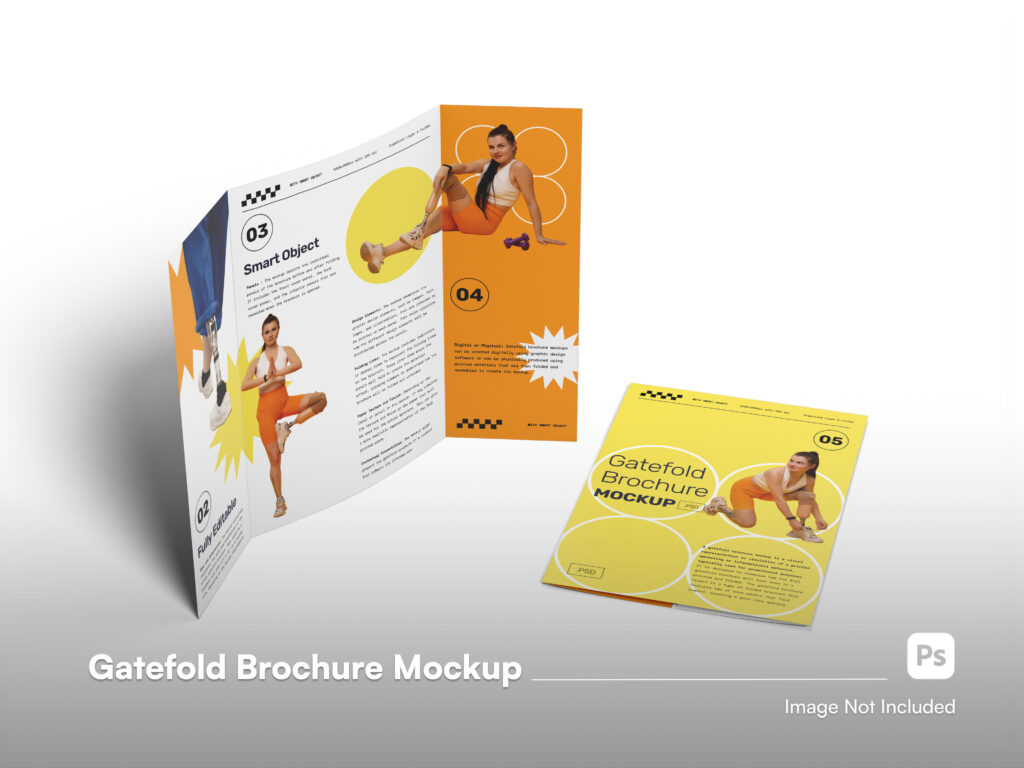
4. Z-Fold Brochure
- Provides a unique unfolding experience.
- Suitable for step-by-step guides or timelines.
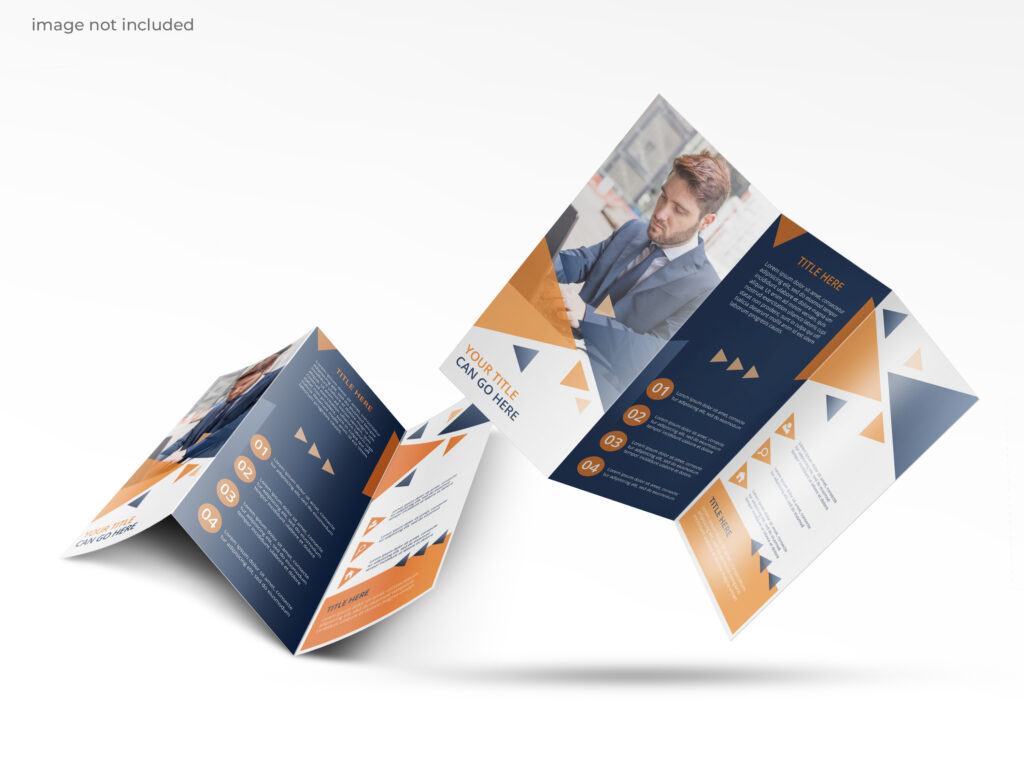
Why Does Brochure Format Matter?
Before delving into the specifics, let’s understand why the format of your business brochure is crucial. The format sets the tone for the overall design, affects readability, and influences how information is absorbed. A well-chosen format can captivate your audience, while a poorly selected one may lead to disinterest.
Factors to Consider When Choosing the right Brochure Format
1. Purpose and Audience
- Tailor the format to match the purpose of your brochure, whether it’s for product launches, events, or general brand awareness.
- Consider your target audience’s preferences and expectations.
2. Size and Dimensions
- Determine the appropriate size based on the content and where the brochure will be distributed.
- Standard sizes like A4 or tri-fold formats are popular but may not always be the best fit.
3. Layout and Design Elements
- Opt for a clean and uncluttered layout that guides the reader’s eyes smoothly.
- Incorporate eye-catching design elements that align with your brand.
4. Content Structure
- Divide content into sections with clear headings and subheadings.
- Utilize bullet points and numbered lists for easy readability.
Related Posts
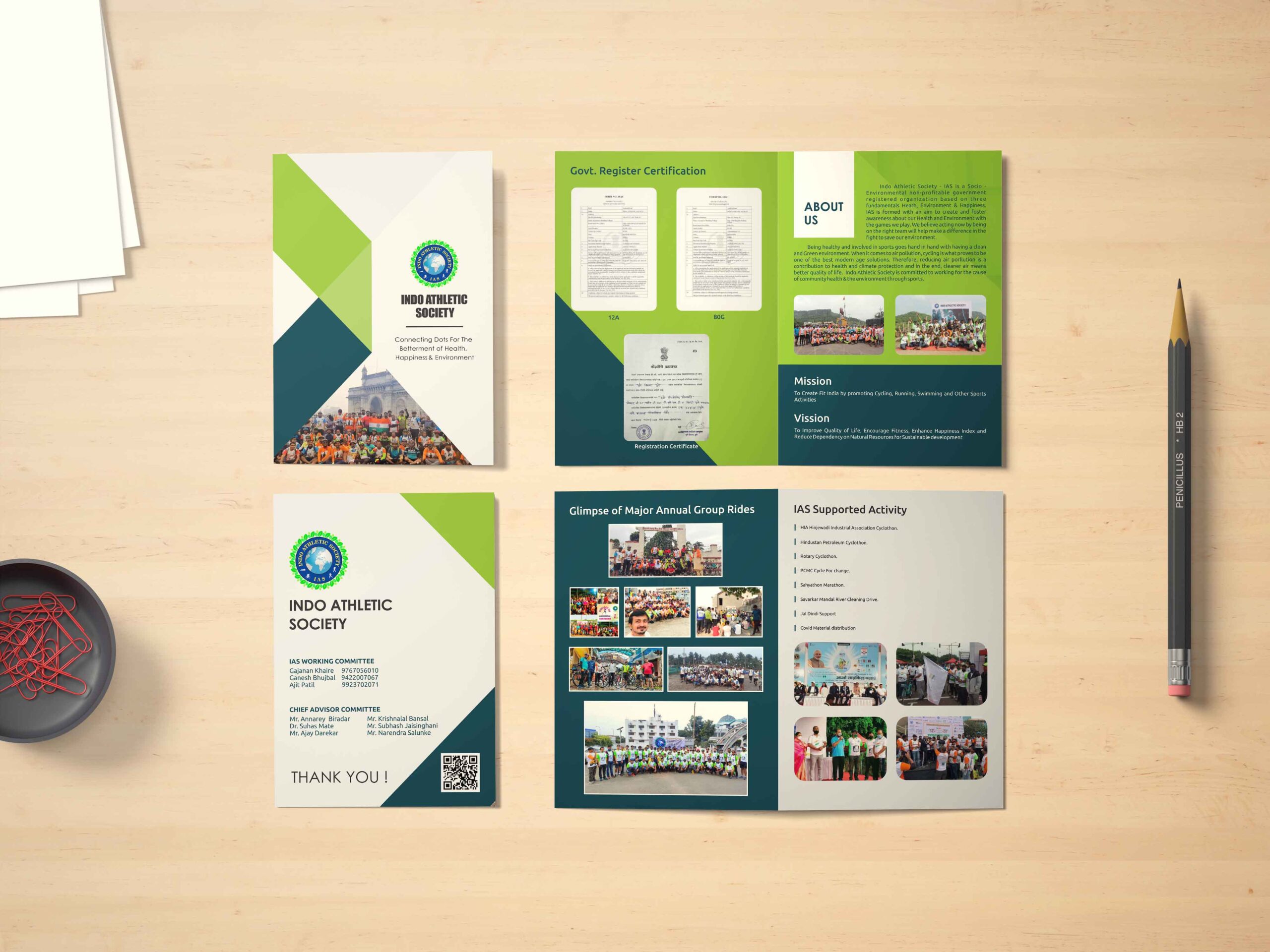
Brochure Marketing Strategies: How to Maximize Impact and Reach Your Target Audience
Brochure Marketing Strategies: How to Maximize Impact and Reach Your Target Audience In the ever-evolving landscape of digital marketing however,
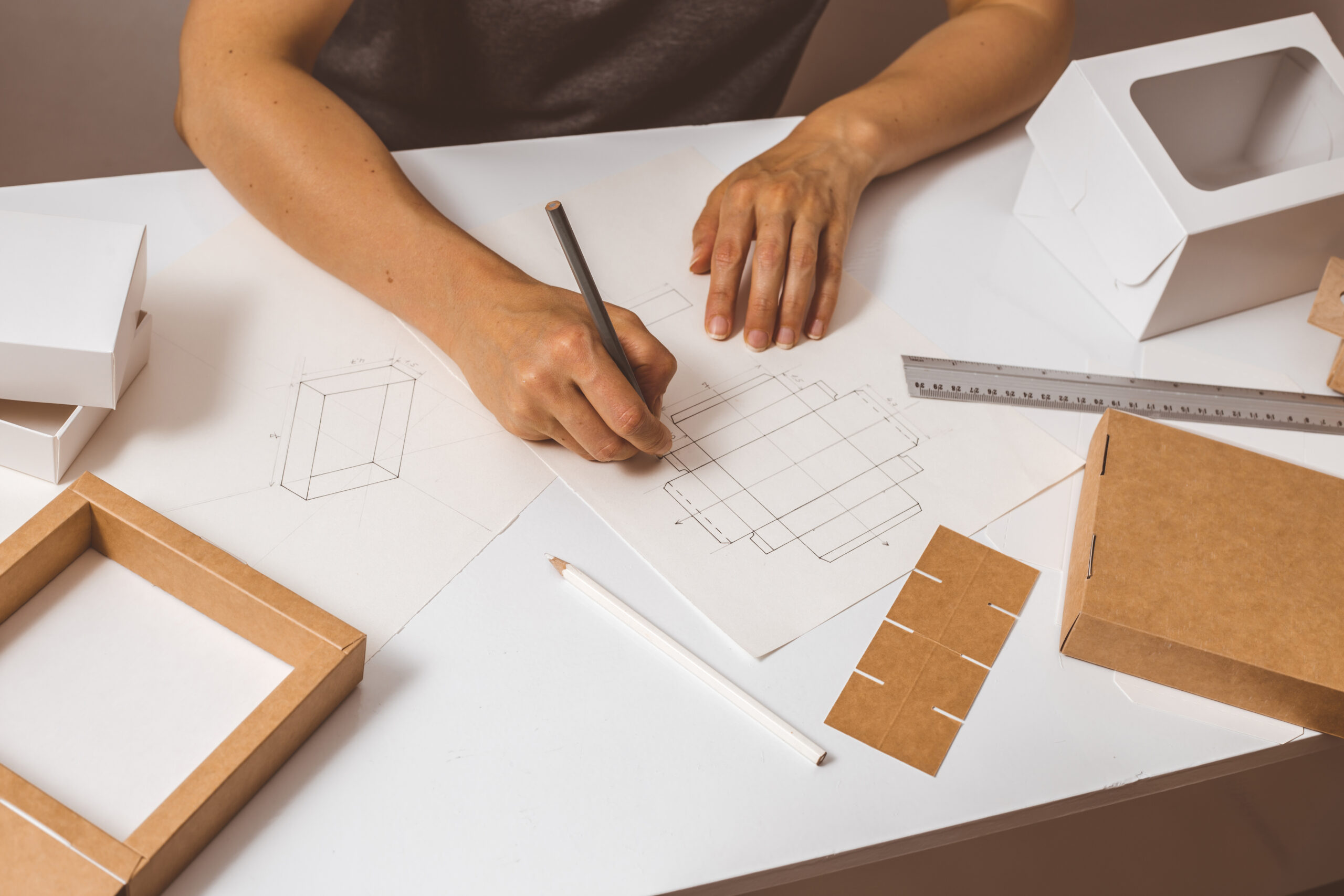
The Packaging Journey: How to Optimize Packaging for the Entire Supply Chain
How to Optimize product box Packaging Journey for the Entire Supply Chain The product box packaging journey of a printing and packaging company involves

The Art of Packaging: How Product Boxes Impact Brand Perception
The Art of Packaging: How Product Boxes Impact Brand Perception In the competitive landscape of business, where first impressions matter,
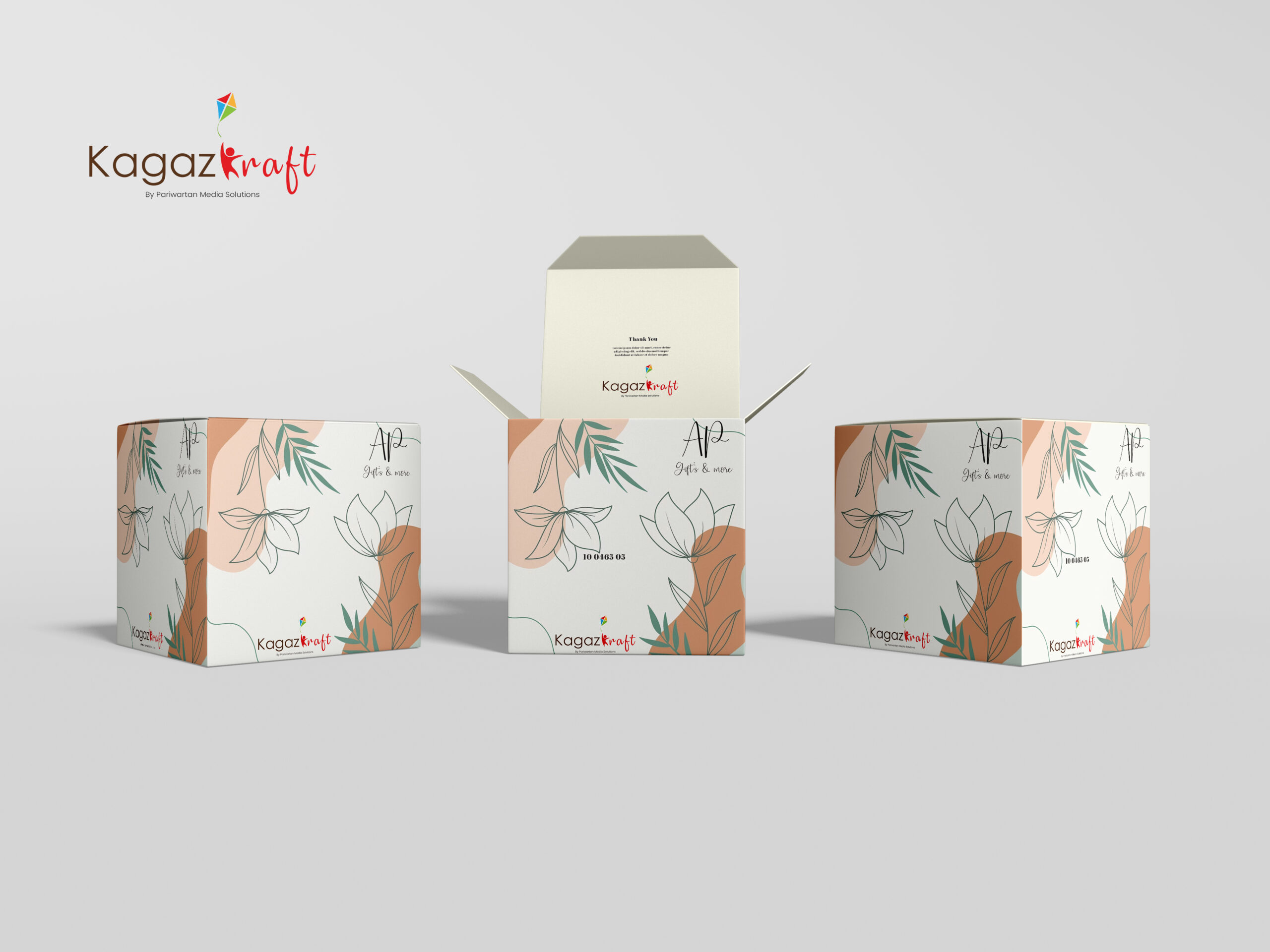
A Guide to Design Your Custom Product Box From Concept to Creation
From Concept to Creation: A Guide to Design Your Custom Product Box Crafting a custom product box that not only

Unleashing Creativity: Customized Stickers for Printing Services
Unleashing Creativity: Customized Stickers for Printing Services In a world where first impressions matter, the shape and design of stickers
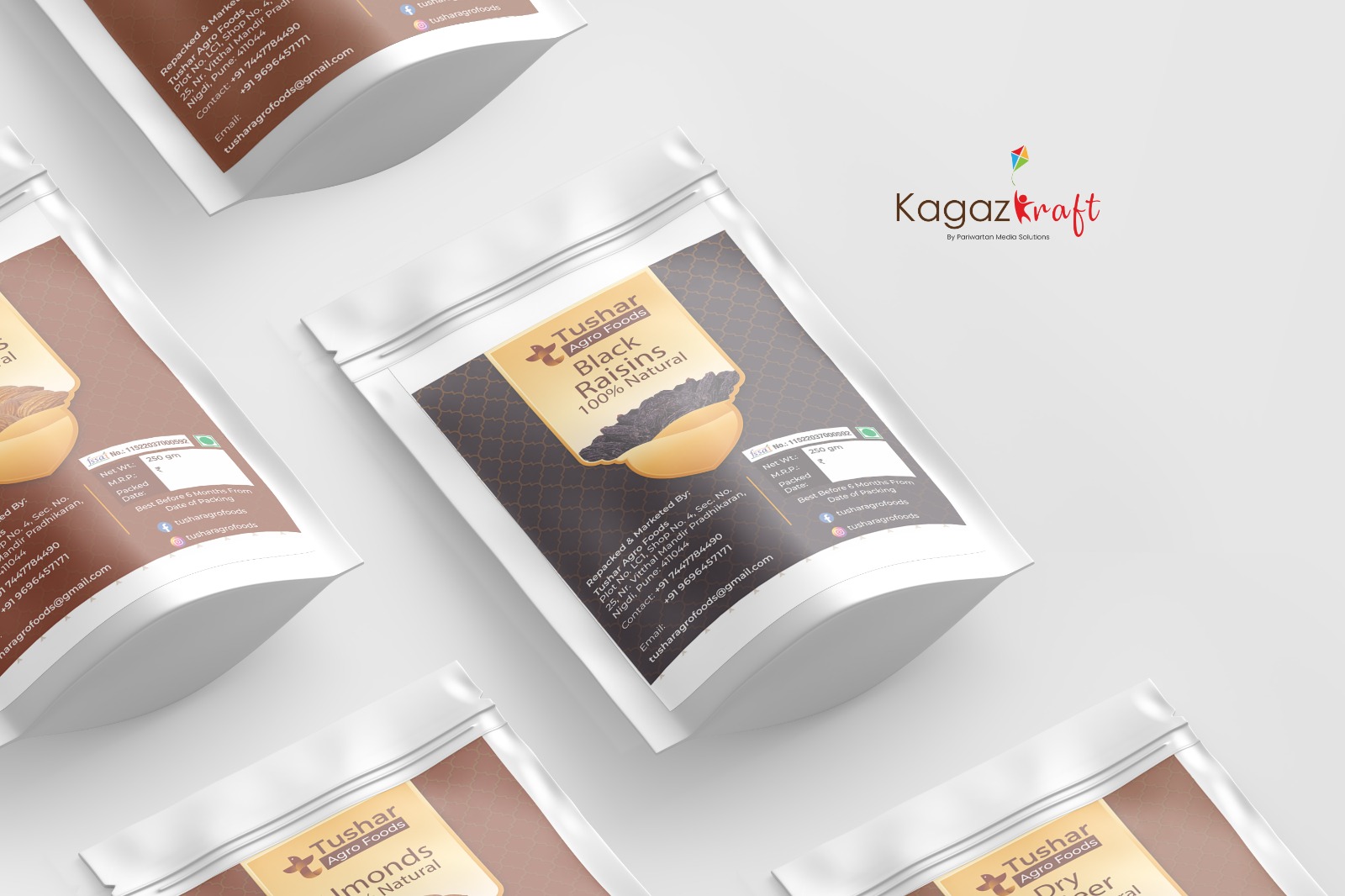
How to create Custom Product Packaging Label Design
how to create Designs for Custom Product Packaging Label In the competitive world of product marketing, the importance of effective
